公司新闻
沥青混合料的摊铺施工技术要求
来源:/ 日期:2023-11-13
1.待摊铺机前的运料车不少于5辆方可开始摊铺混合料,避免停机待料,保持摊铺连续。
1. There should be no less than 5 transport trucks in front of the paver before starting to pave the mixture, to avoid stopping and waiting for the material, and to maintain continuous paving.
2.当有大功率摊铺机时,可采用单机全断面摊铺,并通过试验段比较来确定采用单机还是双机方案。不论采用何种摊铺方案,都应配备一台可自动伸缩以调整宽度的摊铺机。
When there is a high-power paver, a single machine full section paving can be used, and the single machine or dual machine scheme can be determined through comparison of experimental sections. Regardless of the paving scheme used, a paving machine that can automatically retract and adjust the width should be equipped.
3.当采用3层沥青结构层时,摊铺下层时不论是否分层施工,均应采用挂线法施工,中、上层宜采用非接触平衡梁或浮动基准梁装置施工,但在桥头过渡段中层仍应采用挂线法施工。
When using a 3-layer asphalt structure layer, the lower layer should be constructed using the hanging line method regardless of whether it is constructed in layers. The middle and upper layers should be constructed using non-contact balanced beams or floating reference beam devices, but the hanging line method should still be used for construction in the middle layer of the bridge head transition section.
4.当采用双机联合摊铺3层沥青混合料结构层时,下、中层两幅搭接位置宜避开车道轮迹带,前后两台摊铺机轨道重叠30~60mm,中、上层搭接位置宜错开200mm以上,两台摊铺机前后的距离一般为10~20m以确保混合料不发生离析,且纵向接缝为热接缝。表面层纵向接缝位置应位于标线处,其余各层应分别紧挨路面标线两侧。各层摊铺后应人工配合拍边,使边缘整齐、密实。
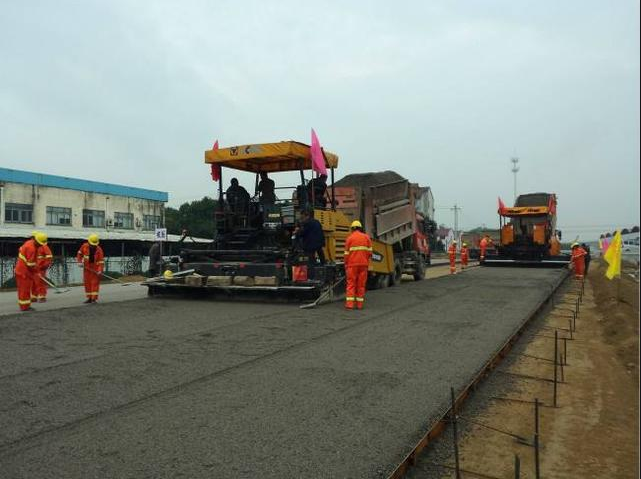

When using a dual machine joint paving of a 3-layer asphalt mixture structural layer, the overlapping positions of the lower and middle layers should avoid the lane wheel track. The tracks of the front and rear pavers should overlap by 30-60mm, and the overlapping positions of the middle and upper layers should be staggered by more than 200mm. The distance between the front and rear of the two pavers is generally 10-20m to ensure that the mixture does not segregate, and the longitudinal joint is a hot joint. The longitudinal joints of the surface layer should be located at the markings, and the remaining layers should be adjacent to both sides of the road markings. After each layer is paved, manual cooperation and edge tapping should be carried out to make the edges neat and dense.
5.摊铺机开工前应提前0.5~1h预热熨平板不低于120℃。铺筑过程中应选择熨平板的振捣或夯锤压实装置具有适宜的振动频率和振幅,以提高路面的初始压实度。熨平板加宽连接应仔细调节至摊铺的混合料没有明显的离析痕迹。
5. Before starting the paver, the preheating of the ironing plate should be 0.5 to 1 hour in advance, and the temperature should not be lower than 120 ℃. During the paving process, the vibrating or ramming device of the screed should be selected with appropriate vibration frequency and amplitude to improve the initial compaction of the road surface. The widening connection of the ironing plate should be carefully adjusted until there are no obvious signs of segregation in the paved mixture.
6.摊铺机的螺旋布料器应相应于摊铺速度调整到保持一个稳定的速度均衡地转动,两侧应保持不少于送料器2/3高度的混合料,以减少在摊铺过程中混合料的离析。
6. The spiral distributor of the paver should be adjusted to maintain a stable and balanced rotation speed corresponding to the paving speed, and the mixture should be kept at a height of no less than 2/3 of the feeder on both sides to reduce the segregation of the mixture during the paving process.
7.热拌沥青混合料的低摊铺温度根据铺筑层厚度、气温、风速及下卧层表面温度按《公路沥青路面施工技术规范》(JTGF40-2004)5.2.2条执行,且不得低于规范表的要求。
7. The low paving temperature of hot mix asphalt mixture shall be in accordance with Article 5.2.2 of the Technical Specification for Construction of Highway Asphalt Pavements (JTGF40-2004) based on the thickness of the paving layer, temperature, wind speed, and surface temperature of the underlying layer, and shall not be lower than the requirements of the specification table.
8.沥青混合料的摊铺速度控制在2~6m/min为宜,上面层摊铺速度不应超过5m/min,其摊铺用料量应和拌合机的产量相适应。
8. The paving speed of asphalt mixture should be controlled between 2-6m/min, and the paving speed of the upper layer should not exceed 5m/min. The amount of material used for paving should be suitable for the output of the mixer.
9.移动路脊法一般在上面层实施,具体施工方法如下:
9. The mobile ridge method is generally implemented on the upper layer, and the specific construction methods are as follows:
(1)采用移动路脊法施工的路段长度和路脊横坡应严格遵照设计实施。
(1) The length and cross slope of the road section constructed using the mobile ridge method should strictly follow the design implementation.
(2)根据采用移动路脊法的施工路段长度,在路段的起始端两侧取对角线,划分两个板块施工,图示如下:
(2) According to the length of the construction section using the moving ridge method, diagonal lines are taken on both sides of the starting end of the section, and construction is divided into two sections, as shown in the figure below:
(3)施工机械选择及工艺
(3) Selection and process of construction machinery
应采用可自动调节宽度的摊铺机并辅以人工配合进行摊铺和修整。第一板块施工时,摊铺机根据路面宽度,采用不同宽度多幅摊铺,每幅铺筑均采用挂线法控制标高,每幅按划分的摊铺宽度铺至对角线时开始自动调缩摊铺宽度,直至按摊铺机小摊铺宽度铺完本幅,再另起一幅摊铺,直至铺完第一板块,然后迅速以人工将对角线以外的多预料铲除,并保证对角线顺直。第二板块也采用多幅铺筑,摊铺机不足部分由人工补齐。
A paver with automatic width adjustment and manual coordination should be used for paving and trimming. During the construction of the first section, the paver uses multiple pavers of different widths based on the width of the road surface. Each paver uses the hanging line method to control the elevation. When each paver is laid to the diagonal according to the divided paving width, the paving width automatically decreases until the small paving width of the paver is completed. Then, another paver is started until the first section is completed. Then, manually remove any unexpected areas outside the diagonal and ensure that the diagonal is straight. The second section also adopts multiple paving methods, and the insufficient parts of the paver are manually supplemented.
10.在路面狭窄部分、平曲线半径过小的匝道、加宽部分、斜交桥头等不能采用摊铺机的部位可用人工摊铺混合料。人工摊铺应严格控制操作时间、松铺厚度、平整度等。
10. In areas where pavers cannot be used, such as narrow road surfaces, ramps with small flat curve radii, widened areas, and oblique bridge heads, manual paving of the mixture can be used. Manual paving should strictly control the operation time, loose paving thickness, flatness, etc.
11.严格按照设计衔接路面结构层和桥隧过渡板(如下图所示),并至少提前一天准备好工作面,处理好欠压实、松散、不平整等问题,并扫除松散材料和所有杂物。监理工程师应对此检查验收。
11. Strictly follow the design to connect the pavement structure layer and bridge tunnel transition plate (as shown in the figure below), and prepare the working surface at least one day in advance to handle issues such as undercompaction, looseness, and unevenness, and remove loose materials and all debris. The supervising engineer shall inspect and accept this.



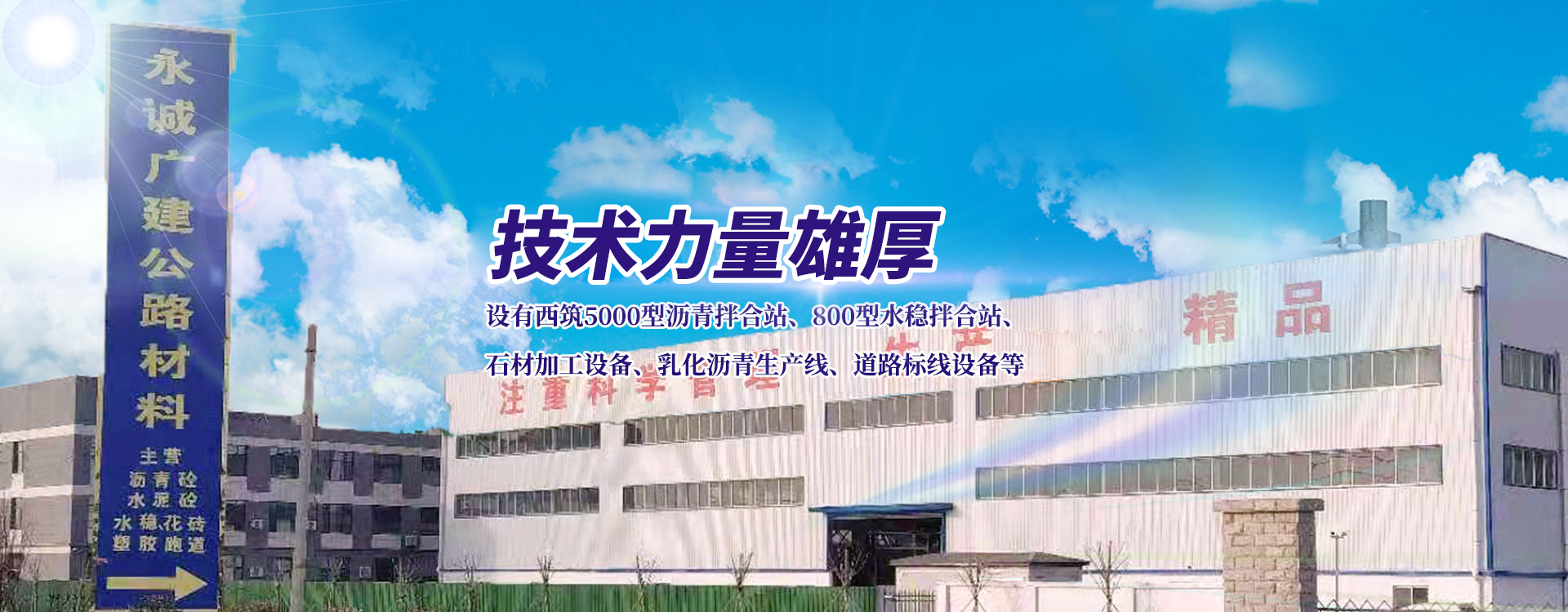
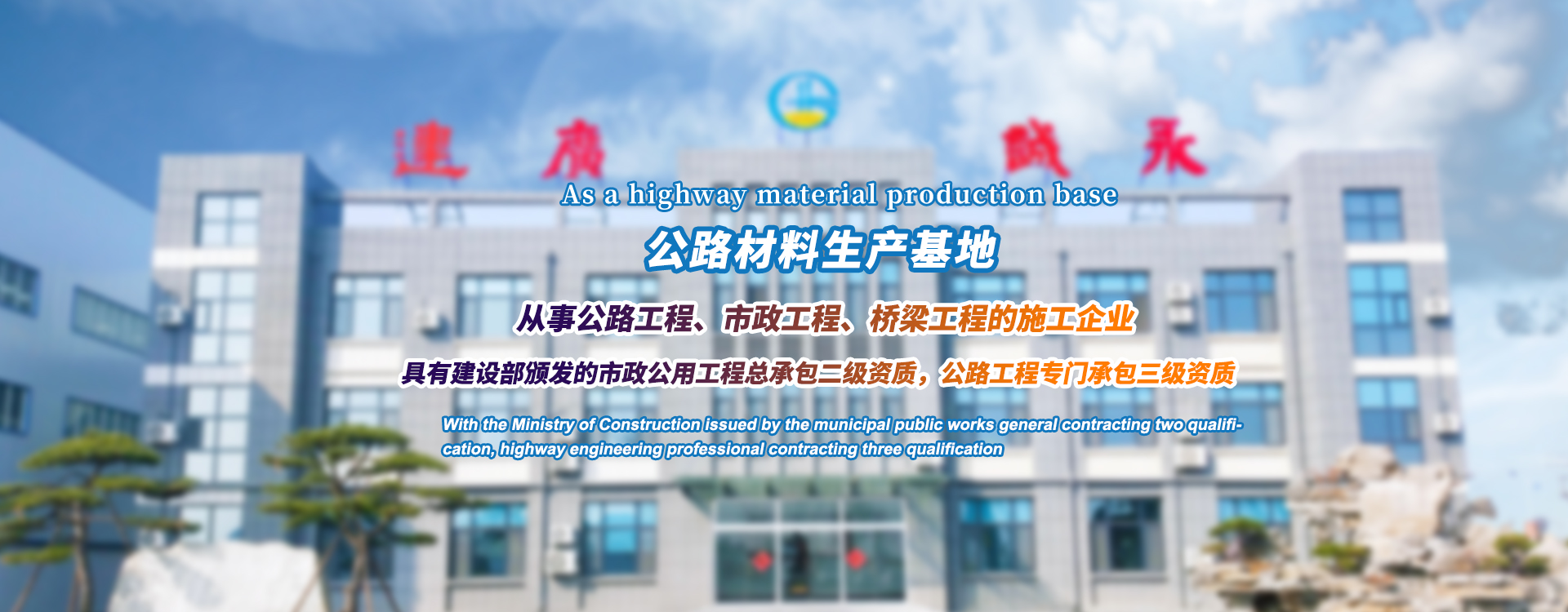
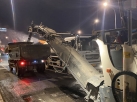







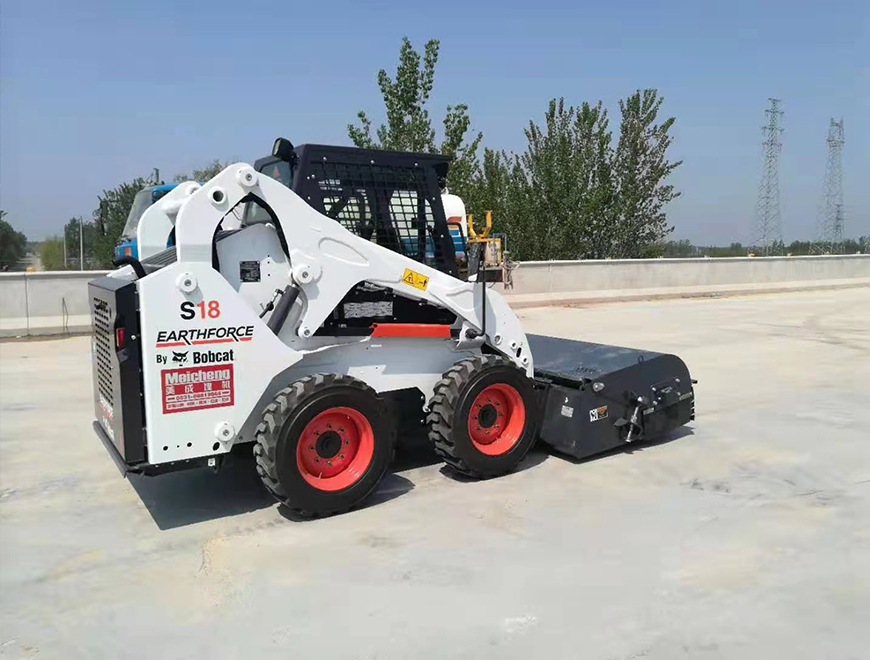

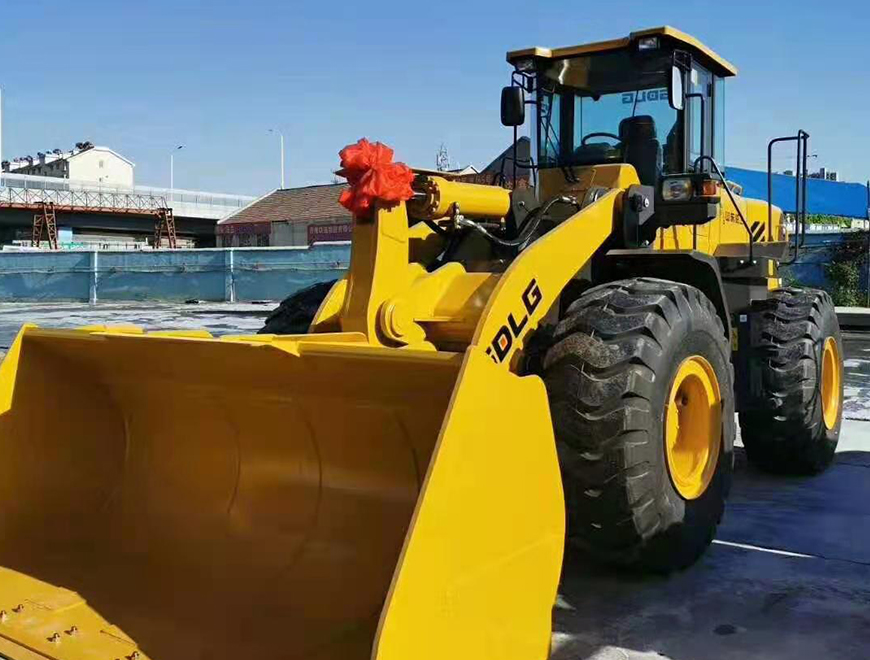

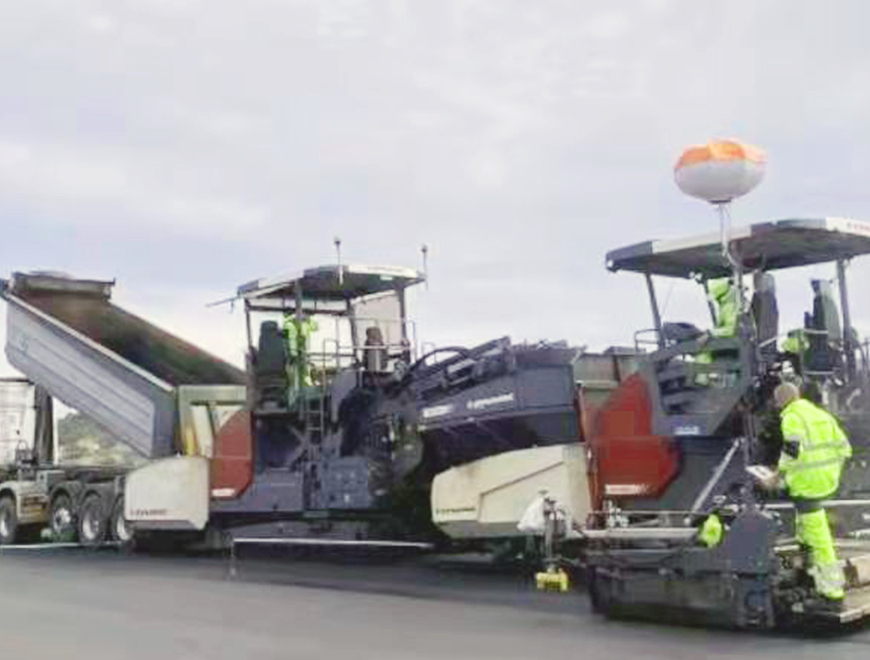
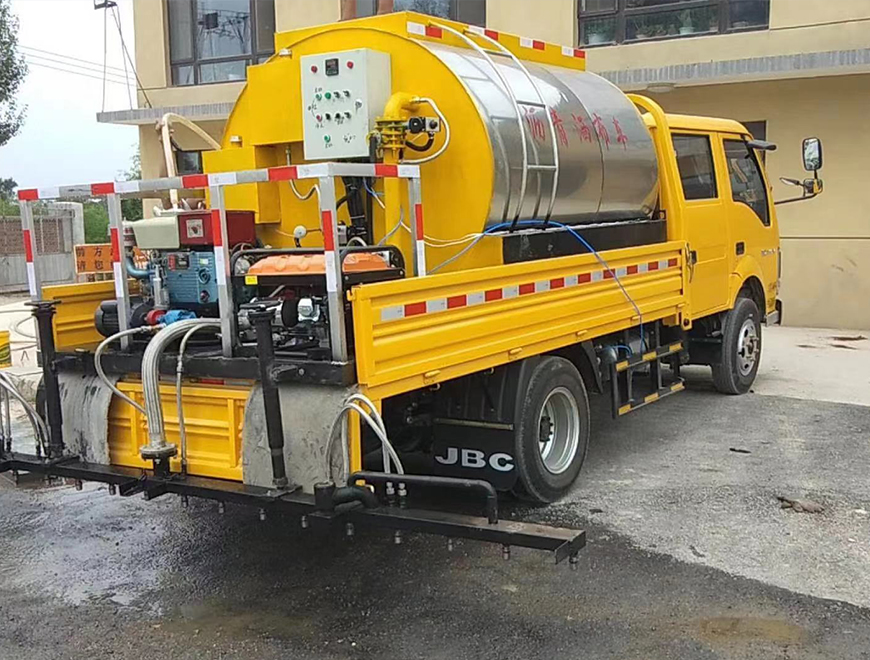
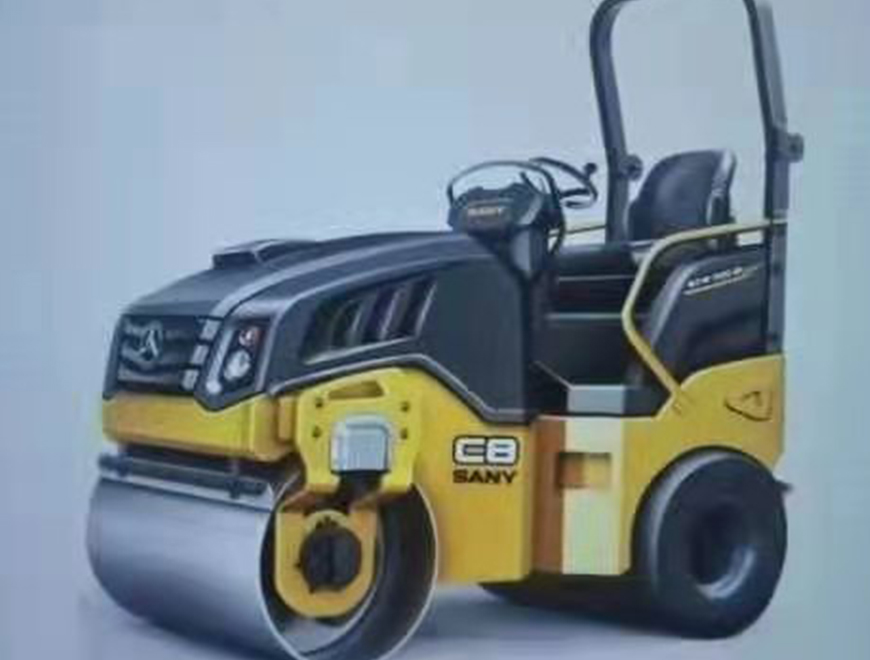
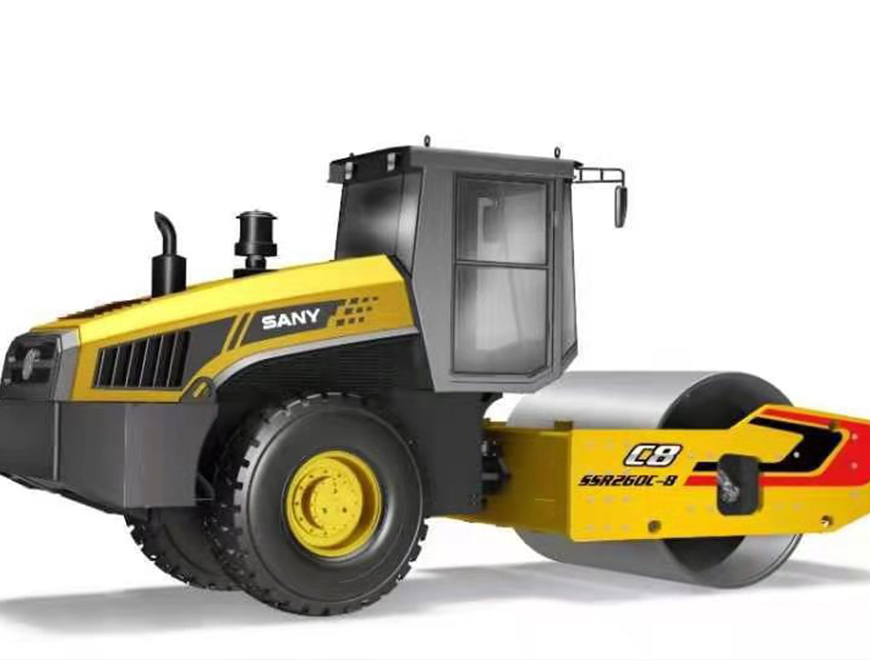
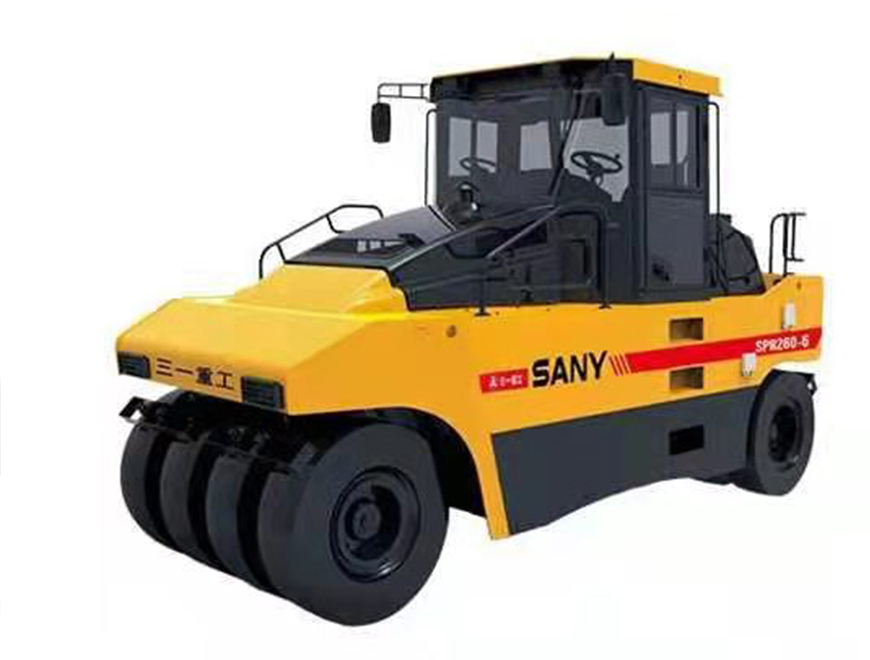

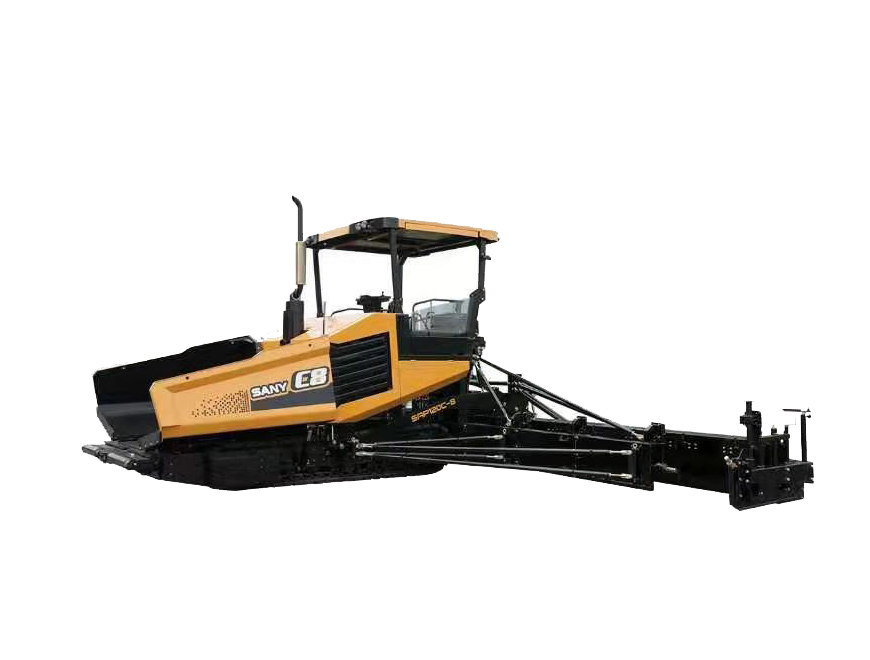
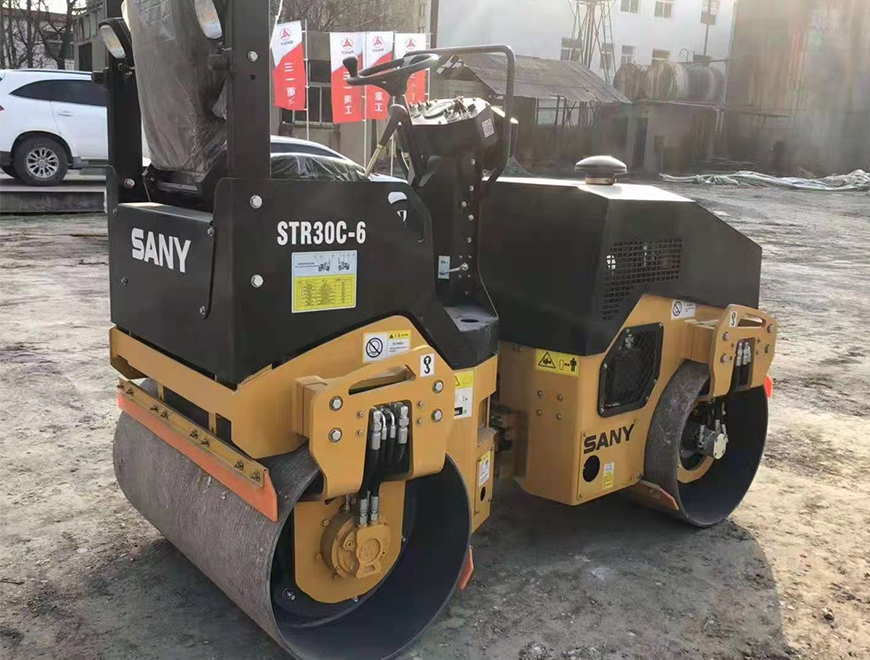
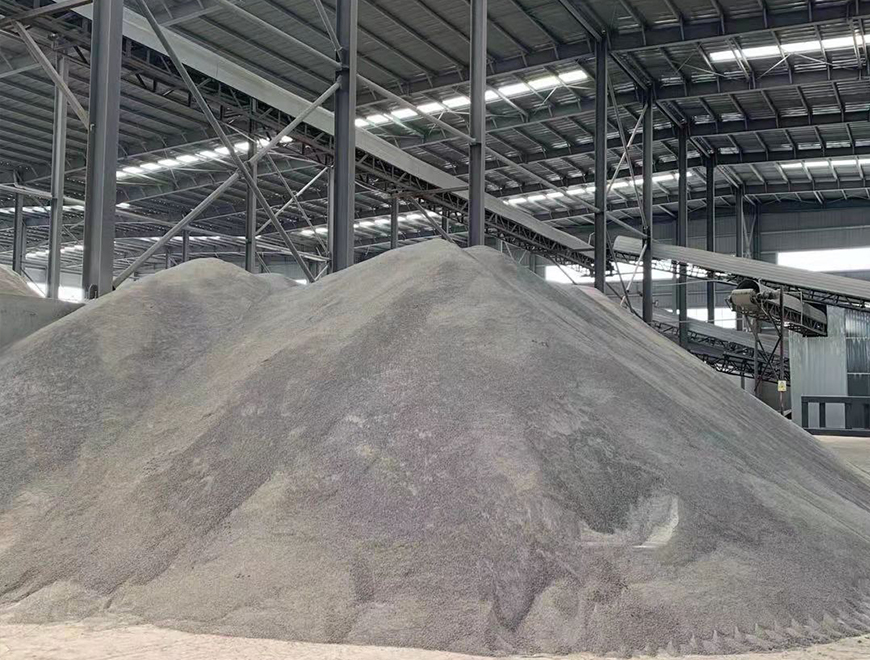
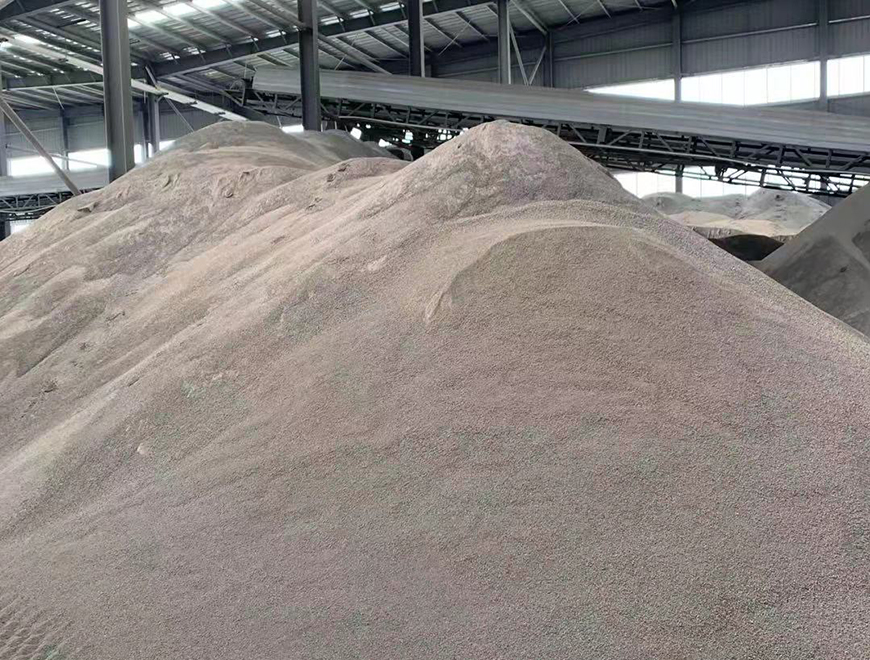



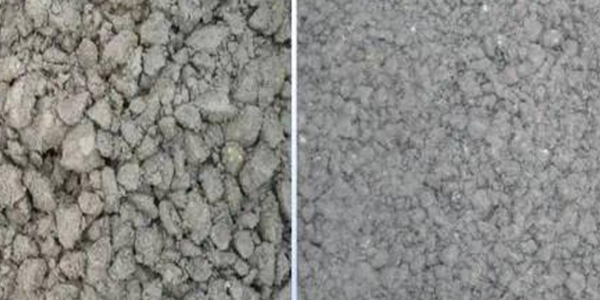

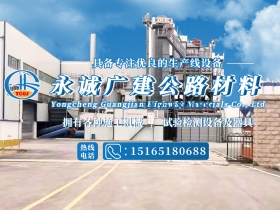







 公司地址:济南市商河县贾庄镇民营经济创业园
公司地址:济南市商河县贾庄镇民营经济创业园 公司名称:2023澳门正版资料免费
公司名称:2023澳门正版资料免费  备案号:
备案号: